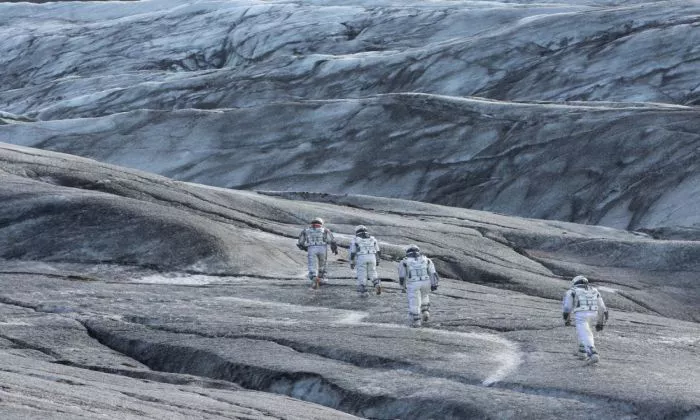The Feasibility of Wormholes: Interstellar’s Cosmic Portal
In Christopher Nolan’s epic science fiction film “Interstellar,” one of the central plot devices is the concept of a wormhole—a theoretical passage through spacetime that could potentially connect distant points in the universe. While the film takes artistic liberties with the portrayal of wormholes for the sake of storytelling, the scientific basis behind this phenomenon is grounded in the realm of theoretical physics. Let’s delve into the concept of wormholes and explore their feasibility based on current scientific understanding.
Understanding Wormholes
In physics, a wormhole is a hypothetical tunnel-like structure that connects two separate points in spacetime. Imagine spacetime as a fabric, and a wormhole as a tunnel that can bend and warp this fabric, allowing for shortcuts between distant locations. The concept was first proposed by physicist Albert Einstein and his colleague Nathan Rosen in 1935 as a solution to Einstein’s equations of general relativity.
Einstein-Rosen Bridges
The original theoretical wormhole, known as an Einstein-Rosen bridge, is a specific solution to Einstein’s field equations. In this model, a wormhole would be formed by the curvature of spacetime caused by extreme gravitational forces, such as those found near black holes or in the early universe. While the existence of such natural wormholes remains speculative, they are mathematically consistent within the framework of general relativity.
Traversable Wormholes
For a wormhole to be useful for interstellar travel, it would need to be traversable—that is, stable and large enough for spacecraft to pass through without being destroyed. This concept was popularized by physicist Kip Thorne, who served as a scientific advisor for “Interstellar.” Thorne proposed that exotic matter with negative energy density could stabilize a wormhole, preventing its collapse under the intense gravitational forces.
Exotic Matter and Negative Energy
Exotic matter with negative energy density is a theoretical form of matter that violates the energy conditions of classical physics. While no known particles possess these properties, they are allowed by certain solutions to quantum field theory equations. Negative energy density would exert repulsive gravitational effects, counteracting the attractive forces that would otherwise cause a wormhole to collapse.
Challenges and Limitations
Despite the intriguing theoretical basis for wormholes, several significant challenges and limitations must be addressed before they could become a practical means of interstellar travel.
Exotic Matter: The existence of exotic matter with negative energy density remains purely speculative and has never been observed in nature. The creation and manipulation of such exotic matter would require advancements far beyond our current understanding of physics.
Stability: Wormholes are inherently unstable structures that are prone to collapse under the slightest perturbations. Maintaining the stability of a traversable wormhole would require precise control over its geometry and the properties of exotic matter.
Time Travel Paradoxes: The theoretical possibility of time travel through wormholes introduces paradoxes such as the grandfather paradox, where a time traveler could potentially alter the past in a way that prevents their own existence. Resolving these paradoxes remains a subject of debate and speculation among physicists.
Energetic Requirements: Even if traversable wormholes were theoretically possible, the energy requirements for creating and maintaining them would likely be astronomical, far beyond anything achievable with current technology.
Conclusion
While the wormhole depicted in “Interstellar” captures the imagination and serves as a compelling plot device, the scientific reality of traversable wormholes remains highly speculative. While consistent with the theoretical framework of general relativity, numerous challenges and limitations must be overcome before wormholes could become a feasible means of interstellar travel. Nonetheless, the study of wormholes continues to inspire researchers and drive our exploration of the frontiers of theoretical physics, reminding us of the boundless possibilities that exist within the universe.
Related Topics:
Is it possible for “Interstellar” to happen?
“Interstellar”: A Cinematic Odyssey through Space, Time, and Humanity’s Soul
How many Oscars did “Interstellar” win?

